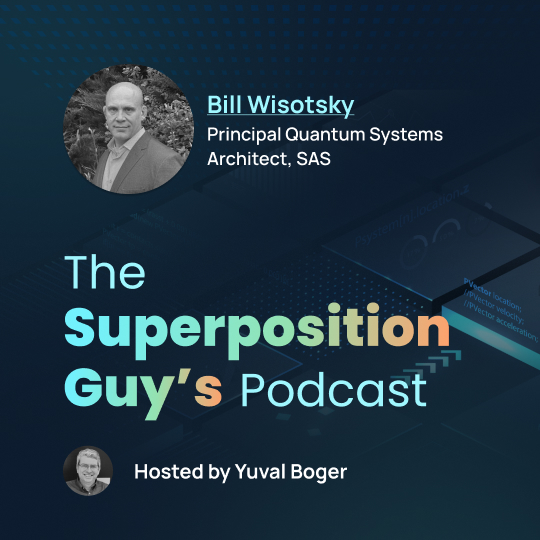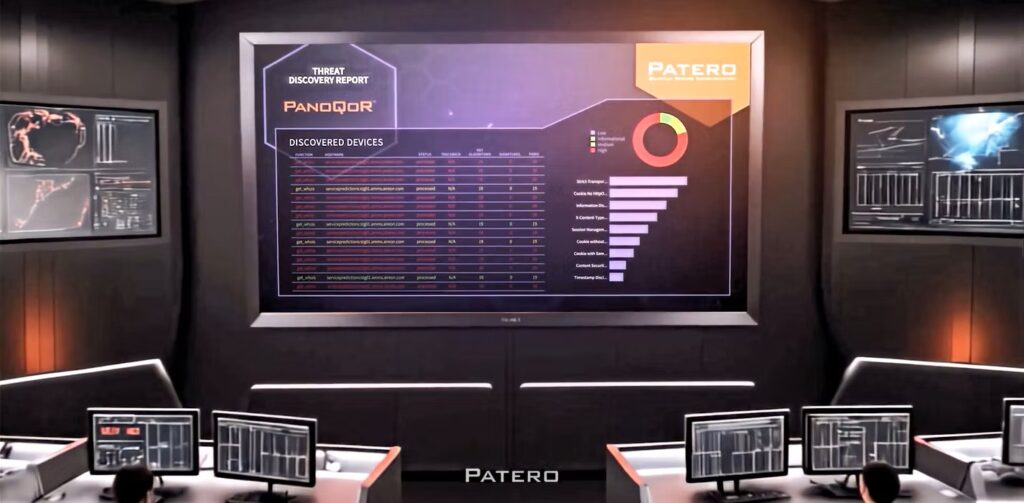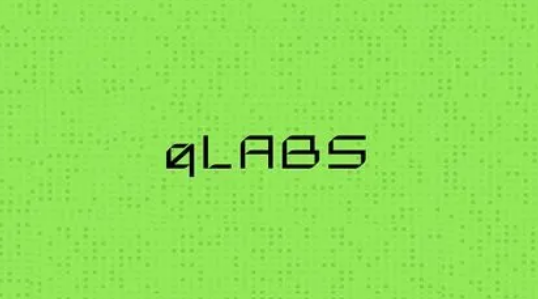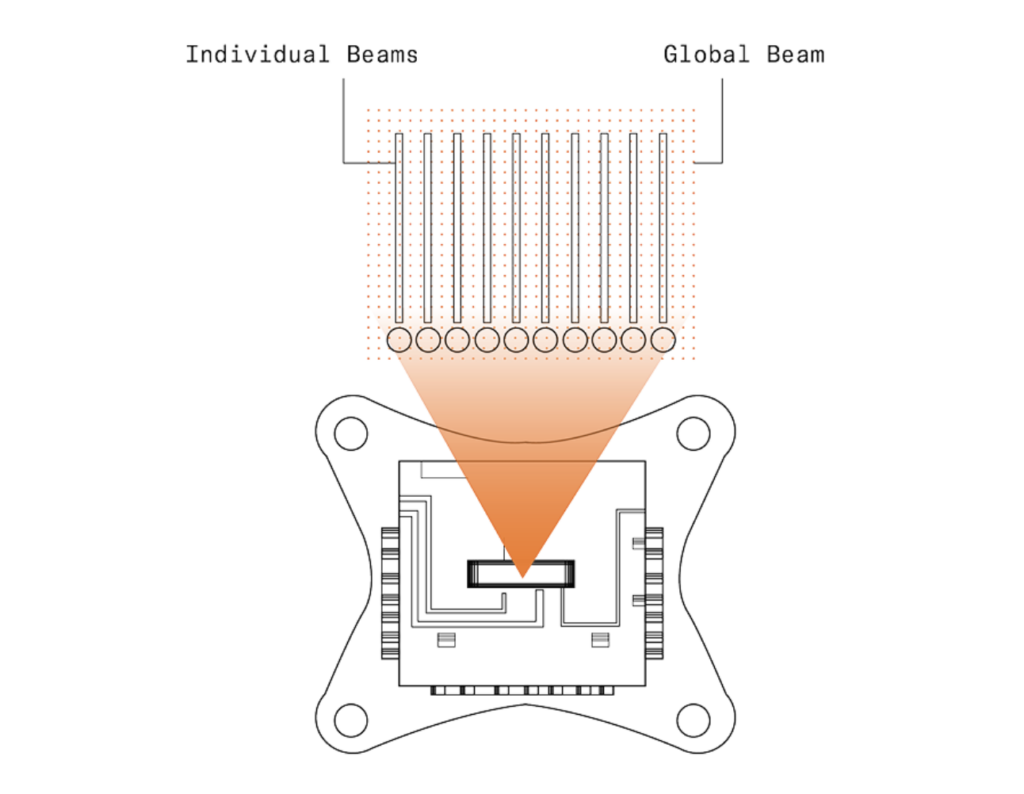Insider Brief:
- Q-CTRL partnered with Network Rail and the UK Department for Transport to develop a quantum-enhanced rail scheduling solver, using real IBM quantum hardware and performance-optimization software.
- The project demonstrated a 6X increase in solvable problem size and shifted the projected timeline to practical quantum advantage forward by up to three years, now targeting 2028.
- The solver addressed both station routing and train timetabling by formulating each as a MaxSAT-compatible combinatorial optimization problem, and returned multiple high-quality scheduling solutions.
Rail scheduling is a combinatorial labyrinth where hundreds of trains move through a shared physical space, each governed by rigid timetables and physical constraints. Every decision from when to arrive, which platform to use, and how long to dwell must balance efficiency, safety, and cascading knock-on effects across the network. This is one of the more complex operational challenges in transportation. A recent case study from Q-CTRL details how quantum computing, when paired with performance-enhancing software, has been used to solve the largest constrained optimization problems ever executed on quantum hardware. Developed in partnership with Network Rail and the UK Department for Transport, the project demonstrated that quantum tools can deliver real-world scheduling solutions and may accelerate the timeline to practical quantum advantage by up to three years.
Quantum Tools for Real-World Rail Scheduling
According to a post from Q-CTRL, the company has developed a quantum-enhanced solver for rail scheduling in collaboration with Network Rail and the UK Department for Transport. The project was funded by Innovate UK through the SBRI Quantum Catalyst Fund, with an intention to accelerate quantum adoption within the public sector. Ultimately, the project addressed the growing complexity of real-world rail operations using a combination of Q-CTRL’s performance-management software Fire Opal and IBM quantum hardware.
The result was reported as a 6X increase in solvable problem size, an estimated acceleration of practical quantum advantage by up to three years, and the successful execution of constrained optimization problems using over 100 qubits, which, according to the post, is considered one of the largest such problems to date.

Optimization problems, especially in transportation, are notoriously hard due to nonlinear constraints and massive search spaces. Rail scheduling involves both station routing (assigning trains to tracks and platforms) and train timetabling (determining arrival and departure times), each requiring solutions that respect operational, safety, and logistical constraints. These challenges make such problems ideal candidates for quantum computing, which can provide probabilistic approximations to classically intractable problems.
From Theory to Application
Q-CTRL’s solution combined tailored quantum algorithm development with real-time error suppression, using Fire Opal to abstract circuit execution and suppress hardware-induced errors. This was not a theoretical demonstration; the problems were run on real IBM quantum systems, with results matched to real station data from London Bridge.
For station routing, the team encoded train assignments as combinatorial optimization problems using a structure compatible with MaxSAT, a Boolean constraint satisfaction framework. Each train-to-platform assignment was treated as a discrete decision variable, with constraints ensuring feasibility (for instance, platform length, route occupancy, collision avoidance). The solver successfully optimized routing for 26 trains over 18 minutes, across a 15-platform topology, in a problem that required 103 qubits.
In terms of performance when compared to more traditional techniques, Q-CTRL’s solver was reported to have outperformed both random sampling and classical greedy search by consistently identifying higher-quality solutions. The results point to increased resilience against hardware noise, which is one of the more persistent obstacles between current state and near-term utility in quantum computing.
Train timetabling followed a similar approach but used a structure known as the Periodic Event Scheduling Problem. Here, arrivals and departures were treated as periodic events linked by constraints like minimum dwell times, spacing intervals, and network throughput requirements. Again using MaxSAT-compatible encodings, the solver was able to return multiple viable candidate schedules, allowing planners flexibility in meeting operational goals.
According to Q-CTRL, this dual-component formulation which solves both routing and timing brings them closer to delivering a comprehensive, quantum-enhanced rail scheduler. Importantly, the entire workflow was designed to be accessible to non-quantum experts; domain specialists in rail planning could input problem parameters and receive visualized outputs without engaging with quantum circuit details.
Hardware-Aware Software: Fire Opal’s Role
The post contributed the success of the project was Q-CTRL’s Fire Opal, a performance-optimization suite designed to maximize computation accuracy on noisy quantum hardware. As noted in the post, Fire Opal combines error-aware circuit compilation with automated optimization, reducing execution complexity and improving result quality.
Rather than relying on theoretical algorithms alone, Fire Opal actively shapes quantum circuits to the underlying device’s capabilities. This error suppression adapts to the specific noise profile and qubit layout of the hardware in use, aligning with a growing industry trend toward co-designed software-hardware stacks in quantum computing.
In the case of Network Rail, Fire Opal allowed Q-CTRL to push beyond conventional problem size limits, accessing problem spaces that were otherwise inaccessible on today’s hardware. The team notes that these advances are necessary for movement toward practical quantum advantage.
Toward Practical Quantum Advantage by 2028
Based on comparisons with IBM’s published hardware roadmap, Q-CTRL projects that its rail optimization workflows may outperform classical methods by 2028, a timeline that reflects a 2–3 year acceleration from the original estimate at project inception.
While the case study centers on UK rail, Q-CTRL emphasizes that the underlying architecture is generalizable. Similar optimization models have been explored for military logistics (with the Australian Army), air mobility (Airbus), and automotive routing (BMW). According to the post, the success with Network Rail sets a precedent for further applications in large-scale, constraint-heavy systems.
In a statement quoted in the release, Nadia Hoodbhoy, Principal Engineer at Network Rail, highlighted the impact of executing a real-world schedule on a quantum device: “We were pleasantly surprised to see the optimal routing of 26 trains over 18 minutes of real scheduling data being realized on a real quantum device, which otherwise wouldn’t have been possible without using Q-CTRL’s optimization solver.”
The case demonstrates a full-stack approach to quantum computing that combines high-level domain modeling, mid-layer error management, and hardware execution can lead to practical results even with today’s noisy hardware

















